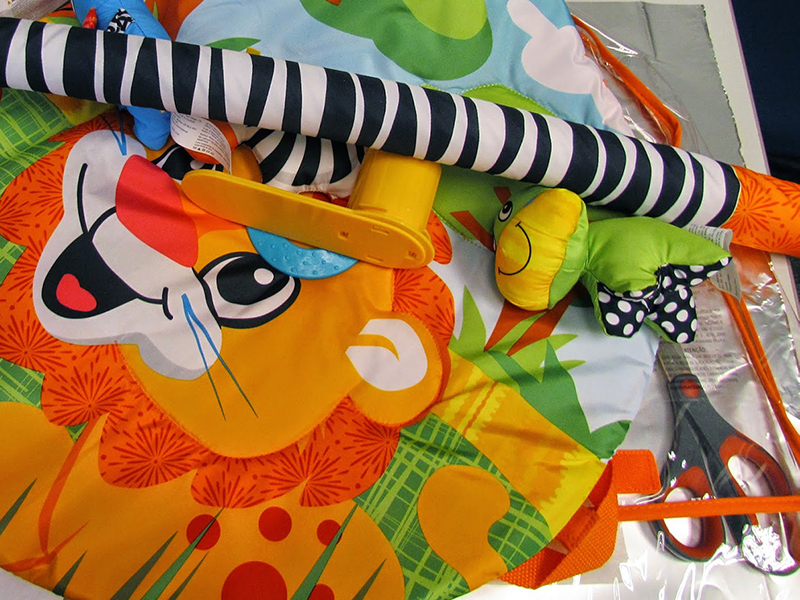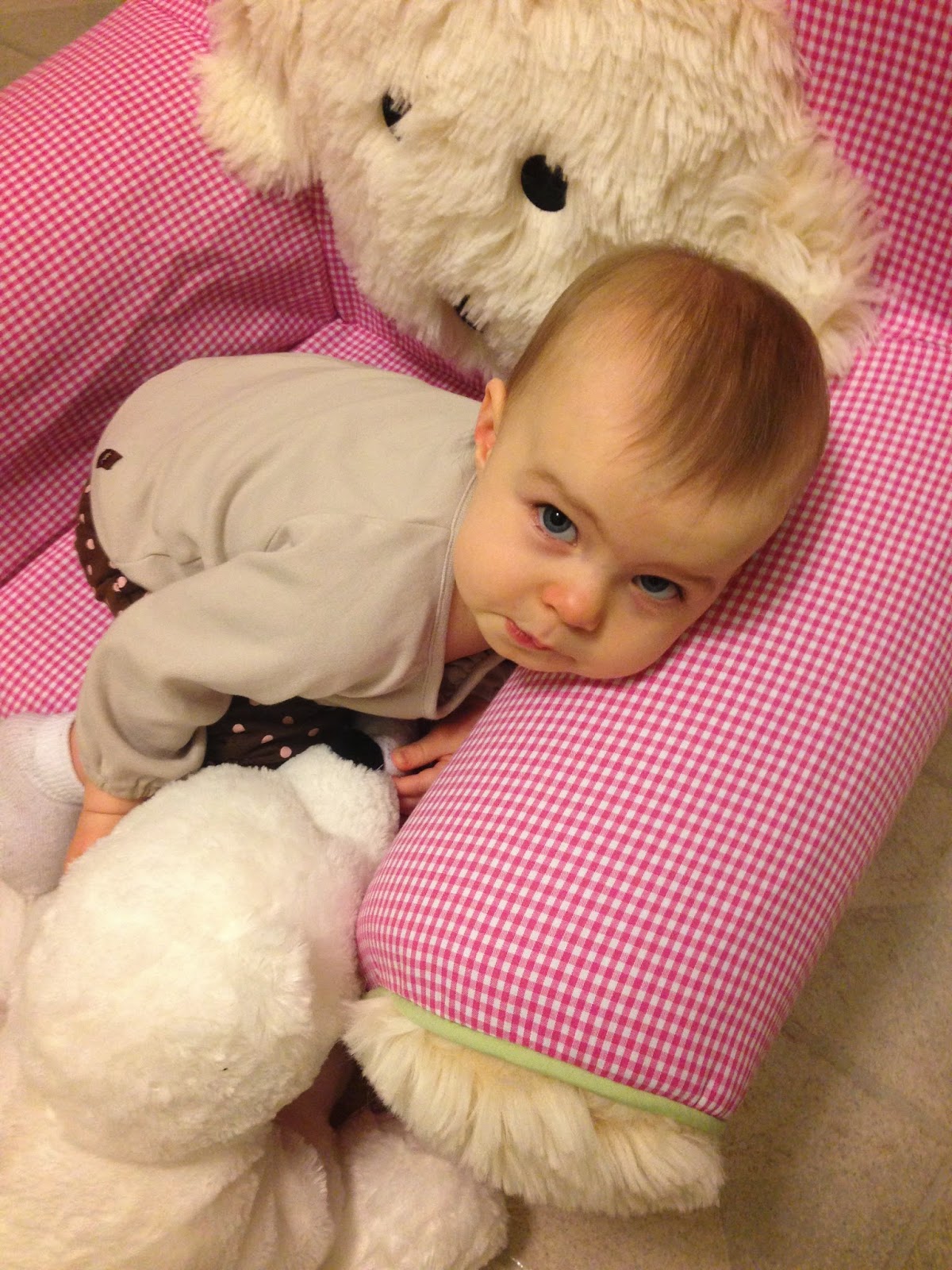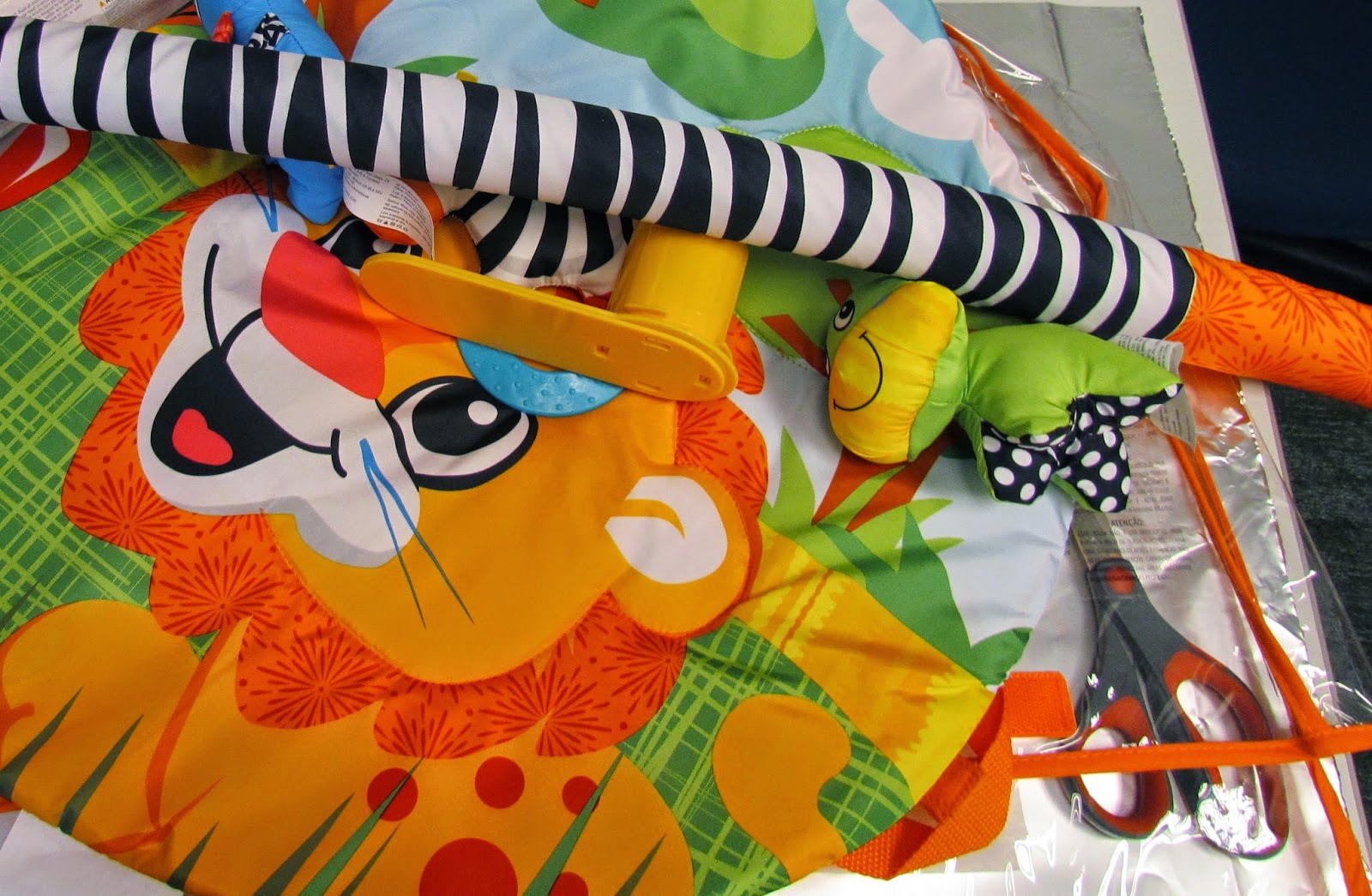
Are they worth the risks?
Flame retardants are one class of chemicals the Department of Ecology is tracking. Many of these chemicals are toxic, and some are also persistent, bioaccumulative toxics (PBTs) because they gradually increase and remain in the environment and our bodies over time.
Evidence is mounting that shows flame-retarding chemicals don’t effectively slow fires and that fire fighters can have negative health effects from inhaling their fumes while battling blazes. (See The Chicago Tribune series “Playing with Fire” for more information.)
PDBEs are everywhere
Foam furniture and stuffed toys are often
treated with flame retardants.
Three PBDE mixtures were widely used for different purposes. Penta-BDE was used in low-density polyurethane foam in products such as furniture. Octa-BDE was used in electronics, such as housings for fax and answering machines, automobile trim, telephone handsets, and kitchen-appliance casings. Deca-BDE was used primarily in electronic enclosures, particularly in computers and televisions.
Prevention is the cure
In 2007, Washington banned the use of penta- and octa-BDE in products sold in the state. The use of deca-BDE was also banned in mattresses at that time, and that ban was extended to televisions, computers, and residential upholstered furniture after Ecology found safer alternatives.
We also track the use of 66 chemicals of high concern to children (CHCC), including six flame retardants. Manufacturers report their use of CHCCs if they are present in children’s products under the Children’s Safe Product Act (CSPA).
Testing products for flame retardants
Over the past year, Ecology tested 125 consumer and children’s products for PBDEs to ensure manufacturers and retailers are complying with the ban and reporting under CSPA. Products tested include seat cushions, mattresses, upholstered furniture for children, electronics, clothing, and baby carriers.
Finding these chemicals is like being a detective. Unfortunately, analyzing samples to isolate specific substances is not as quick and easy as it may appear on slick crime-scene-investigation TV shows. To select products for testing, Ecology staff purchased items that were likely treated with flame retardant chemicals. Products were then scanned for indicators of flame retardants using x-ray fluorescence. If the scan results were positive, the product was then broken into separate components, such as fabric, stuffing, foam, metal and plastic, and sent to a lab for analysis.
So what did we find?
An unfortunate side effect: Regrettable substitutions
The bad news is some of the replacement flame retardants we detected are still toxic but not yet regulated. And just as concerning are the indications that substituted chemicals may be toxic, but due to the proprietary nature of the chemical formula, we can’t identify or quantify them. This is why we cannot stop at banning toxics but must also find ways to assure that manufacturers move toward safer alternatives.
The lab could not identify the brominated compounds in 54 samples that screened positive for bromine using x-ray fluorescence. This suggests more brominated compounds than what we tested for are in use, which is a problem because we may not have information about health effects.
Ecology also found that eight samples from children’s products contained flame retardants above the CSPA reporting limit. We have notified manufacturers and are working to ensure compliance.
Future work on flame retardants
These results show progress and a willingness among the manufacturing community to follow laws. However, the use of regrettable substitutions shows we still have work to do.
Fortunately, the Washington Legislature agrees and has provided further funding for Ecology’s work on flame retardants and safer alternatives. They’ve requested a report by December 2014 recommending whether other flame retardants should be banned in children’s products and furniture.
Stay safe & get involved
The Washington State Department of Health has additional information about how we are exposed to PBDEs and how to reduce exposure. In addition, the Northwest Pediatric Environmental Health Specialty Unit at the University of Washington has produced a factsheet on PBDEs for pediatric health professionals.
These product-testing campaigns are just one piece of a much larger toxics puzzle. You can stay informed about all our work to reduce toxic threats by visiting our Addressing Priority Toxic Chemicals webpage.



